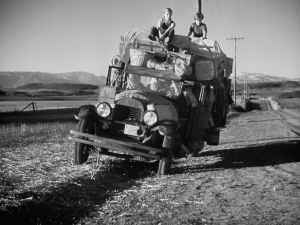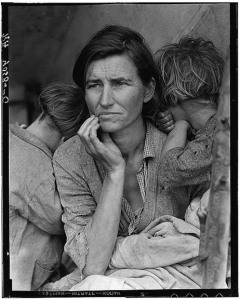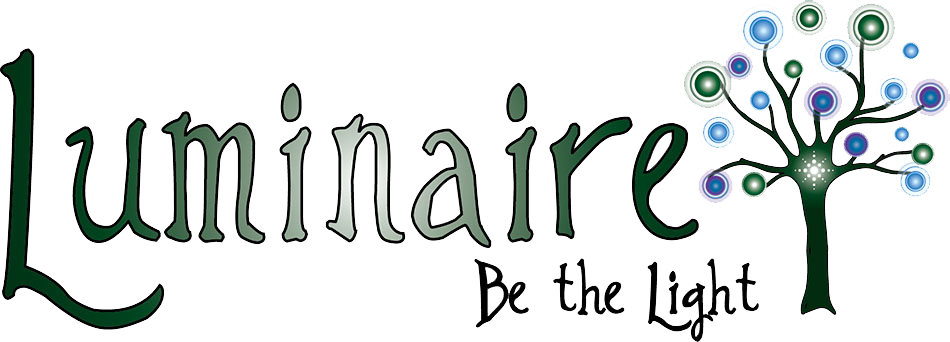I’ve often said if I could teach a course on one book, this would be it. It’s a beautifully written epic, controversial in its day, richly layered with themes such as the power of family and community, social justice, our relationship to land, the American Dream, and more.
Personally I like this book because it is pure American Transcendentalism. There are moments when the Preacher, Jim Casy, directly paraphrases Emerson and Whitman. I also love the depth and wisdom in Ma. Their humble and honest desire for goodness and integrity. And so much more.
Here are some resources to help you read the book~
The Interchapters
The book has an unusual structure~ the central story is told primarily in the even chapters, while the more lyrical Interchapters deal with themes, foreshadowing, metaphors and symbols, social commentary, and historical contexts.
1 land, drought and dust storms
3 turtle crossing the road
5 banks and tractors forcing people out
7 used car salesman
9 selling possessions, leaving home
11 derelict houses
12 Highway 66
14 migration West
15 the roadside cafe
17 roadside camps
19 California land ownership
21 repression of workers
23 leisure time
25 spring in California
27 picking cotton
29 the rains
Reading Tips~ you can access the book online as audio for a mix of reading and listening.
The interchapters can be dropped in favor of reading only the plot chapters.
Audio
Abridged Audio from LA Theater Works, $4.76
 In the comments below the video box, you can click on direct links to specific chapters.
In the comments below the video box, you can click on direct links to specific chapters.
In the sidebar there are links to dustbowl documentaries.
Other Media
Surviving the Dustbowl, PBS documentary
For an excellent photo slideshow, here is a Google Image Search of Walker Evans and Dorothea Lange, contemporaries of Steinbeck.
